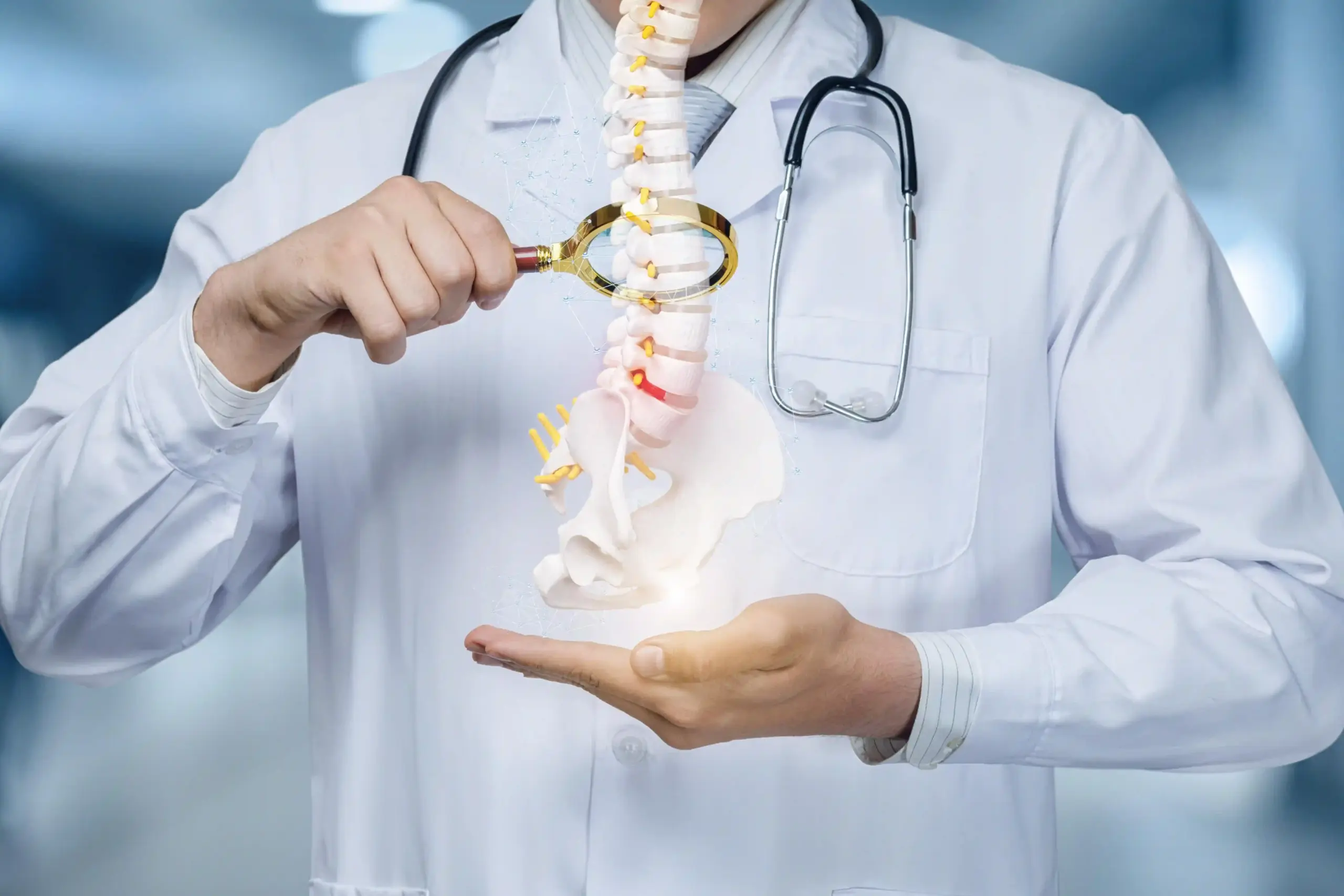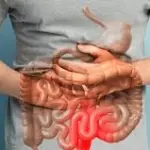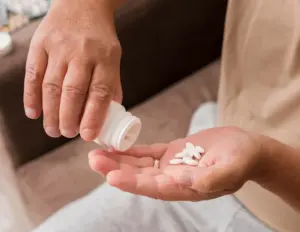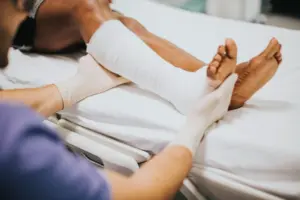Vertebroplasty & Kyphoplasty – Advanced Spine Fracture Treatment
Get expert Vertebroplasty & Kyphoplasty for spine fractures. Minimally invasive procedures to relieve pain, restore mobility, and improve quality of life.

Vertebroplasty and Kyphoplasty
Vertebroplasty and Kyphoplasty are advanced, minimally invasive spine procedures used to treat painful vertebral compression fractures caused by conditions like osteoporosis, trauma, or cancer. In Vertebroplasty, bone cement is injected into the fractured vertebra to stabilize it, while Kyphoplasty involves inflating a small balloon to restore vertebral height before cement injection. Both techniques aim to relieve pain, restore spinal stability, and improve mobility. They offer quick recovery, minimal hospital stay, and high success rates in reducing pain. These procedures significantly enhance quality of life, especially for elderly patients suffering from chronic back pain or collapsed vertebrae.

Early Detection Saves Lives
Early detection and treatment are crucial for improving the chances of survival. If you notice any concerning symptoms, consult a healthcare provider immediately.
Signs and Symptoms
Sudden Back Pain
Sharp, localized pain in the mid or lower back, especially after bending or lifting.
Loss of Height
Gradual or sudden reduction in height due to compression of vertebrae.
Stooped Posture
Forward bending or hunched back, commonly seen in elderly patients with multiple fractures.
Difficulty Moving
Trouble performing daily tasks like walking, sitting, or bending.
Nerve Compression Symptoms
Tingling or numbness in the legs if the fracture presses on nerves.
Reduced Quality of Life
Persistent pain may cause depression, fatigue, and limited physical activity.
Blood in Urine
Hematuria - pink, red, or dark urine, the most common symptom
Frequent Urination
Feeling the need to urinate frequently, even when bladder is not full
Painful Urination
Experiencing pain or burning sensation while urinating
Back or Pelvic Pain
Pain that occurs as the cancer grows and spreads
Unexplained Weight Loss
Significant weight loss not related to diet or exercise
Fatigue
Feeling unusually tired or weak without a clear cause
Meet Our Expert Vertebroplasty & Kyphoplasty Specialists
Risk Factors
Smoking
Smoking is one of the leading causes of bladder cancer. Chemicals in tobacco smoke can damage the lining of the bladder, increasing the risk.

Gender
Men are at a higher risk of developing bladder cancer than women.

Chronic Bladder Infections or Inflammation
Conditions such as bladder infections and long-term bladder inflammation can increase the risk.

Exposure to Chemicals
Prolonged exposure to certain chemicals, especially those used in the dye industry, rubber production, and chemical manufacturing, increases the risk.

Osteoporosis
The most common cause; weak bones fracture even under minimal stress.

Age
Individuals over 60 are at higher risk, especially post-menopausal women.

Corticosteroid Use
Long-term steroid medication can weaken bones.

Previous Fractures
Having one compression fracture increases the likelihood of another.

Cancer
Metastatic cancers like breast, lung, or prostate cancer can spread to bones, making them fragile.

Sedentary Lifestyle
Lack of weight-bearing exercise leads to bone loss.

Smoking and Alcohol
Both reduce bone density and delay healing.

Vertebroplasty and Kyphoplasty
Diet and Nutrition
Prevention
Diagnosis
Key Services
Key Facilities
Diet and Nutrition
Proper nutrition is critical for spinal health and fracture prevention:
- Calcium-Rich Foods: Include dairy, leafy greens, tofu, and almonds to strengthen bones.
- Vitamin D: Supports calcium absorption. Get sunlight exposure or supplements if needed.
- Protein: Helps rebuild muscle and bone tissue; opt for lean meat, eggs, beans, and lentils.
- Omega-3 Fatty Acids: Found in fish and flaxseeds, reduce inflammation and support bone healing.
- Limit Caffeine and Alcohol: Excess consumption can interfere with calcium absorption.
- Hydration: Keep spinal discs healthy by drinking enough water daily.
Reducing the risk of vertebral fractures and maintaining spine health involves simple lifestyle measures:
- Regular Exercise: Engage in weight-bearing and posture-correcting exercises like yoga, walking, or resistance training.
- Bone Density Tests: Periodic scans (DEXA) help detect early bone loss.
- Medication Management: Take osteoporosis medicines or calcium/vitamin D supplements as advised.
- Fall Prevention: Use anti-slip mats, proper lighting, and supportive footwear to avoid accidents.
- Quit Smoking: Nicotine slows bone formation and healing.
- Limit Alcohol: Excessive alcohol consumption weakens bones and muscles.
- Healthy Weight: Maintain a balanced weight to reduce pressure on the spine.
Accurate diagnosis ensures timely and effective treatment:
- Medical Evaluation: A thorough history and physical examination to identify back pain causes.
- X-Ray: Shows vertebral compression and spinal deformity.
- MRI Scan: Detects bone marrow edema and distinguishes fresh fractures from older ones.
- CT Scan: Provides a detailed 3D image of the vertebral structure.
- Bone Density Test: Assesses the severity of osteoporosis.
- Blood Tests: Rule out underlying cancer, infection, or metabolic bone diseases.
Modern hospitals like VS Hospitals provide comprehensive vertebral care, including:
- Advanced Imaging: High-resolution MRI and CT guidance for precise needle placement.
- Minimally Invasive Procedures: Vertebroplasty and Kyphoplasty performed with local anesthesia and micro-incision techniques.
- Multidisciplinary Approach: Collaboration between orthopedic surgeons, neurosurgeons, and rehabilitation experts.
- Rehabilitation Therapy: Customized physical therapy to restore mobility and strength.
- Pain Management: Targeted medication and therapy to control chronic pain.
- Follow-up Care: Regular monitoring to prevent recurrence and ensure proper healing.
- 24/7 Emergency Support: Immediate care for traumatic spinal injuries.
- State-of-the-Art Operating Suites: Equipped with C-arm fluoroscopy and robotic-assisted systems for precision.
- Dedicated Spine Units: Specialized centers focusing exclusively on spinal fracture management.
- Day Care Facility: Allows patients to undergo procedures and return home the same day.
- Post-Operative Recovery Rooms: Designed for patient comfort and monitoring.
- Rehabilitation Center: Includes physiotherapy, hydrotherapy, and occupational therapy units.
- Pain and Mobility Clinics: Offer long-term management for chronic back pain and posture correction.
- Nutrition & Counseling Services: Provide dietary and emotional support during recovery.
Top Medical Facilities at Our Multispeciality Hospital – Here’s What Makes Us Different!
Ready to Begin Your Vertebroplasty & Kyphoplasty Journey? – Expert Spine Care
Learn More About Vertebroplasty & Kyphoplasty Treatments
Frequently Asked Questions
Both treat vertebral fractures but differ in technique. Vertebroplasty injects bone cement directly into the fractured vertebra, while Kyphoplasty first uses a balloon to restore height before cement injection. Kyphoplasty is ideal when the spinal height needs correction, whereas Vertebroplasty focuses mainly on stabilizing the fracture.
Recovery is usually quick — most patients resume light activity within 24–48 hours. Pain relief is often immediate. Full recovery may take about one to two weeks, depending on overall health and bone strength. Doctors recommend avoiding heavy lifting and maintaining a bone-friendly diet during this period.
Ideal candidates include individuals with painful spinal compression fractures due to osteoporosis, cancer, or trauma who haven’t responded to conservative treatments like rest or medication. Diagnosis through MRI or CT scans confirms the fracture’s age and severity before deciding the best procedure.
